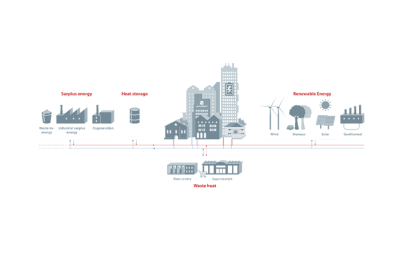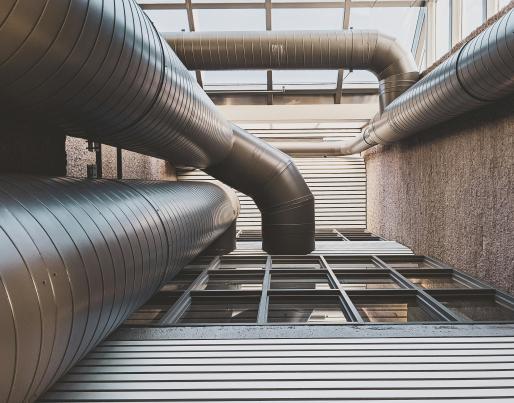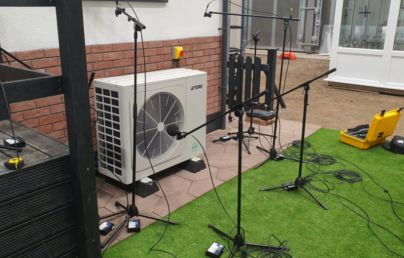
How can HVAC systems be optimised to achieve net-zero energy buildings?

How can HVAC systems be optimised to achieve net-zero energy buildings?
A rigorous study reviews the latest advancements in HVAC technologies and renewable energy systems applied to zero-energy buildings. This work offers a key contribution for professionals and institutions committed to sustainable urban development.
The study titled ‘Recent Improvements to Heating, Ventilation, and Cooling Technologies for Buildings Based on Renewable Energy to Achieve Zero-Energy Buildings: A Systematic Review’, published in the scientific journal Results in Engineering, presents the most significant technological advances in zero-energy buildings (ZEBs), with a particular focus on renewable-based heating, ventilation, and air conditioning (HVAC) systems.
The analysis underscores the importance of optimising the building envelope, incorporating innovative materials such as phase-change substances and green façades, and promoting user awareness to reduce energy demand.
Regarding climate control, the report details improvements in air-to-water heat pumps, geothermal systems, and hybrid technologies that integrate solar, wind, and thermal energy. Emerging solutions such as photovoltaic-thermal (PV/T) systems, solar chimney-assisted natural ventilation, and passive and active heat recovery exchangers are also highlighted. While the potential of these technologies to achieve energy neutrality is acknowledged, the study also warns of economic, technical, and climatic adaptation challenges.
Recent improvements to HVAC technologies for buildings based on renewable energy to achieve ZEBs.pdf
English (20.38 MB - PDF)